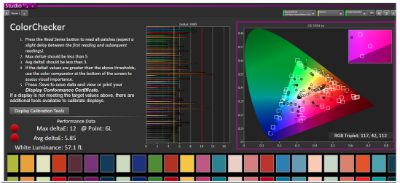Here's a shocker: A couple of weeks ago Walmart announced a partnership with the startup Handy to offer TV mounting and furniture assembly.
Of course this news is nothing new. Custom electronics professionals have, for the past several years, faced increasing competition from mass-market retailers offering TV mounting, network installation, and a variety of other services that infringe on the fundamental elements of the custom installation industry.
This underscores something vital for dealers: You need to be crystal clear what services you bring to the table, and how your services are superior.
Inevitably, integrators are going to face scrutiny from clients questioning whether their companies' products and services are “worth it.” This is where the problems can start, but dealers can face these questions and respond professionally through documentation that includes organized bids, drawings, and other collateral materials that outline exactly how their products and services provide the reliability and performance they are seeking from an integration firm.
Calibration Differentiates Installers from Retailers
While some retailers offer calibration services, there is a fatal flaw: If someone were to walk into their local electronics big-box store, what are the odds that someone on staff in that store would have calibration training?
Some would argue obtaining that certification means pulling staff members out of the field for training and having to pay employees for learning these skills.
The real question is: Can dealers afford not to train their employees with these skills? Having training from The Imaging Science Foundation (ISF), the Home Acoustics Alliance (HAA), THX, and manufacturing training is marketable, and they are skills that dealers can bill for to recoup their training expenses, while adding permanent revenue streams to their businesses.
Related: CE Pro Executive Q&A – Joel Silver, Imaging Science Foundation
Video calibration is a service that doesn't require membership to some know-it-all videophile society either. People can visibly see the results when their A/V systems deliver richer, more balanced, and more detailed images.
Audio calibration is a bit more esoteric to understand, but it is something that can be explained and demonstrated through documentation. To make up for this disadvantage, audio calibration can be used in a system demonstration because, in all likelihood, most systems will use a combination of room treatments and equalization that can be turned on and off.
Electronic equalization can also be demonstrated by exhibiting higher end components from companies like Trinnov, NAD and Datasat that run powerful, advanced equalization programs.
Showing clients the value of a calibration mic and the pre and post measurement curves can also be a powerful selling tool, without having to dig into the technical aspects of acoustics.
Considering how quickly the installation industry has evolved, finding revenue streams in areas such as calibration, remote monitoring, and security are a great way for dealers to bolster their companies' finances.







